Staying ahead of legionella -- the bacteria which causes Legionnaires' disease -- requires an all-hands-on-deck approach.
A bacteria that makes its home in water, such as that found in HVAC cooling towers or potable water systems, legionella can spread throughout an entire building via its utilities. Exposure to the bacteria in just one building can have serious public health impacts -- just look at what happened at a hotel in Atlanta in 2019.
Perhaps one of the greatest examples of staying ahead of legionella comes from one of the biggest cities in the world: New York City.
Preventing Legionnaires' disease across the sprawling metropolis that’s home to millions started with legislative steps. New York City lawmakers’ actions set an example for the rest of the state.
Legionnaires' Disease Prevention: A City-Sized Necessity
The treatment and prevention of legionella in NYC proved to be a challenging conquest requiring a lot of patience and understanding to protect “the city that never sleeps."
With more than 8 million residents -- and plenty of daytime commuters and tourists -- legionella bacteria in a building’s water systems can affect a lot of people very quickly. Legionella bacteria live in droplets of water. When these droplets of water that are typically less than 5 microns in size, are inhaled into the lungs, they serve as a vector of transmission for the legionella bacteria. The bacteria is commonly found in shower fixtures, hot tubs and cooling towers -- things New York City has plenty of. Without proper treatment, all are excellent habitats for bacterial growth.
The legionella pneumophila strain of bacteria causes diseases such as Pontiac fever and legionellosis (AKA, Legionnaires' disease). According to the Centers for Disease Control and Prevention, those with either condition may experience respiratory difficulties with symptoms similar to the flu and pneumonia within a week of exposure. These ailments are especially dangerous for individuals who are immunocompromised, seniors, and young children.
How NYC Tackled Legionnaires' Disease Prevention
In 2015, New York City officials enacted a series of laws taking a comprehensive approach to protecting visitors and residents from legionella bacteria.
One of the most impactful was Local Law 77. The legislation required owners of buildings with cooling towers to develop and implement water management plans for their properties.
To prevent the spread of legionella bacteria through a building via its heating, ventilation, and air conditioning (HVAC) system, the law required property owners to:
- Register their cooling towers
- Conduct routine water sampling and testing for Legionella bacteria
- Regularly complete cooling tower cleaning and maintenance
Failure to comply with the regulations carries some hefty consequences. Building owners who disobey or ignore the laws can be cited and subjected to fines of $10,000 or more.
Setting an Example for New York State
New York state lawmakers followed New York City’s lead, passing cooling tower legislation a year later to protect commercial businesses and residents, as well as healthcare facilities, from exposure to legionella.
Like NYC, the state’s laws mandate commercial building owners to develop and implement a water management plan for cooling towers. However, state regulations are less stringent. They don’t obligate building owners to monitor their system on a weekly basis.
State laws do place more responsibility on a property owner to stay ahead of legionella. Under state cooling tower regulations, building owners are required to:
- Conduct water quality assessments 3x a week
- Complete weekly heterotrophic bacteriological testing
- Inspect and monitor cooling tower equipment each week
- Implement a monthly maintenance schedule
In addition, compliance inspections and legionella sampling are the responsibility of the property owner or hired consultant. To maintain compliance, it’s the owner’s responsibility to adequately train those implementing the water management plan and conduct routine reviews of their records. Any deficiencies that are observed, such as missing paperwork, should be addressed immediately to avoid citations from state inspectors.
Staying Ahead of Legionella in Your Community
Regulations change over time. Sometimes, these changes are abrupt or complicated.
For example, Local Law 76 in New York City came into play in October 2019. Through this law, all inspection reports must be uploaded to the Department of Health for public viewing within 5 days of their completion.
Regardless of where you live, attending seminars and workshops led by health experts helps you stay informed of changes to laws and regulations. It’s also helpful to work with a consultant.
A consultant not only provides an extra layer of compliance review, but also helps you develop and implement Legionnaires' disease prevention plans to avoid fines and penalties.
Need to Create a Water Management Plan?
We can help! As subject matter experts on legionella, we can offer guidance with best practices and treatment.


